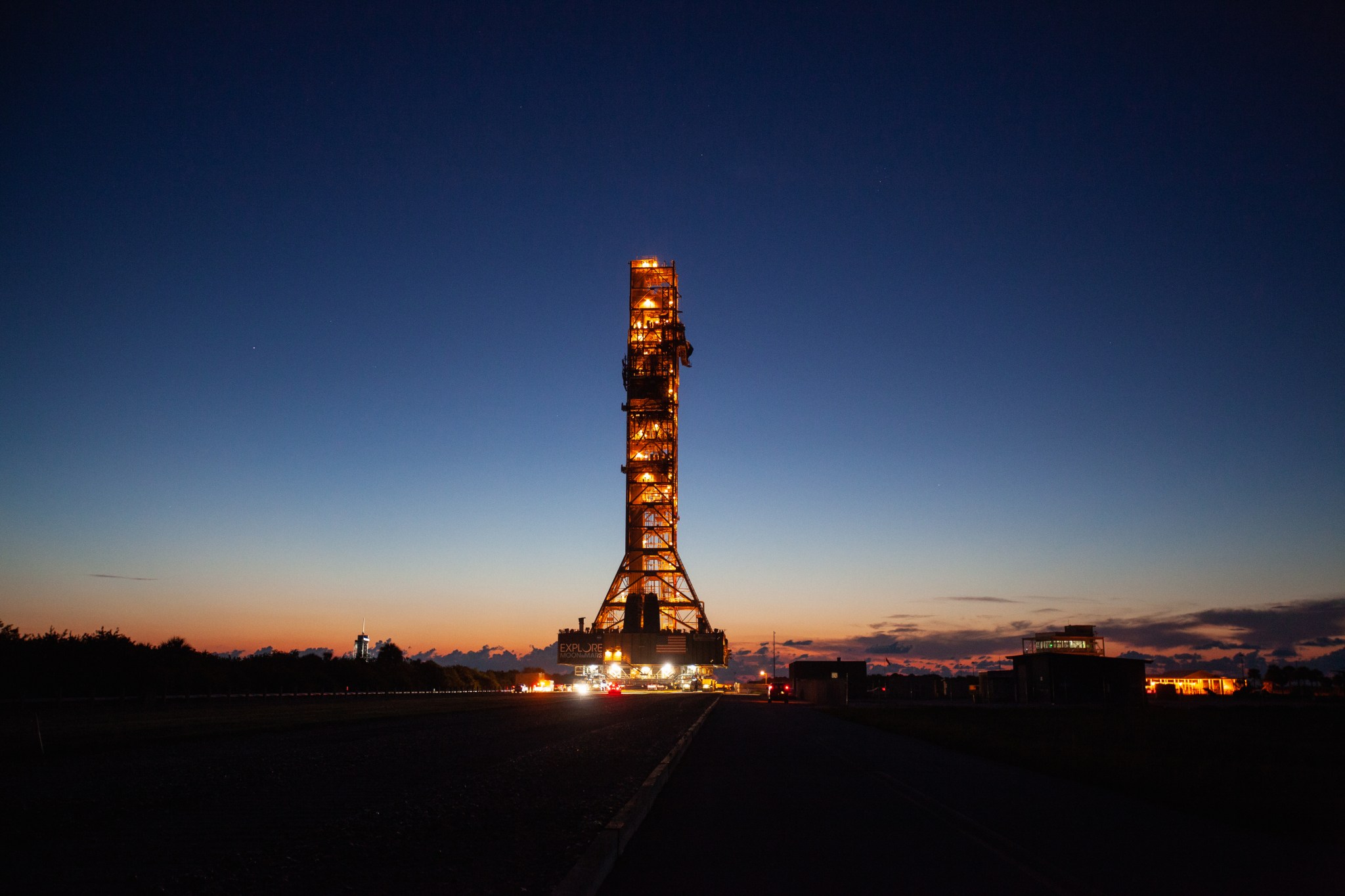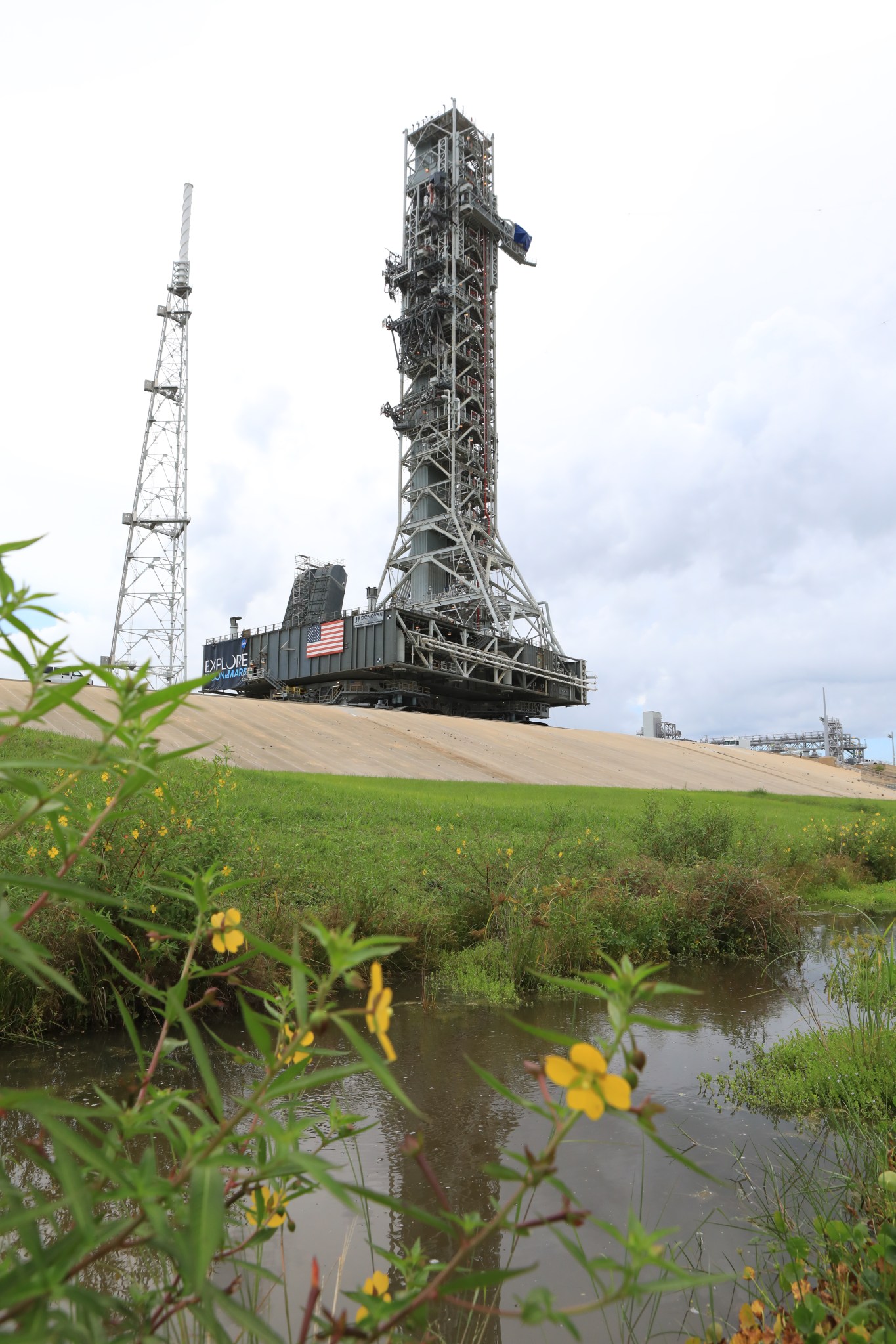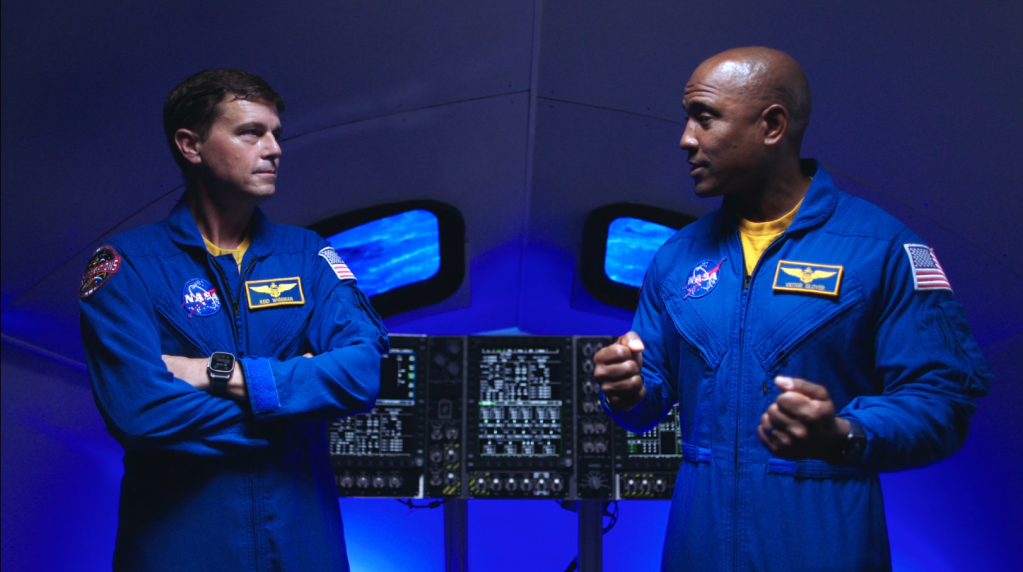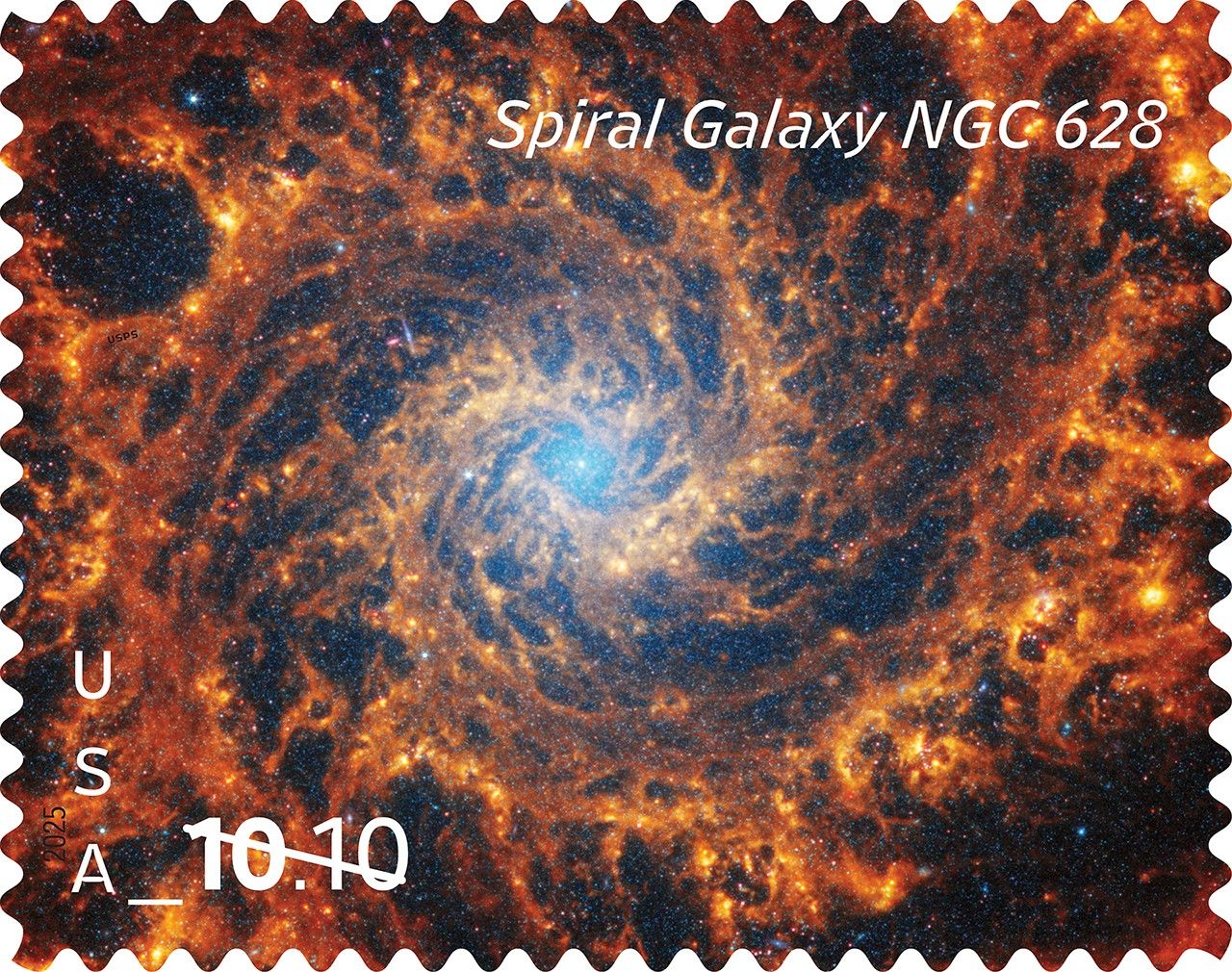
By Danielle Sempsrott
NASA’s Kennedy Space Center
On June 27, 2019, NASA’s mobile launcher made its last solo trek to Kennedy Space Center’s Launch Pad 39B for final testing before its next roll to the pad with the Space Launch System (SLS) rocket and Orion for the launch of Artemis 1. As part of NASA’s Moon to Mars exploration approach, the Artemis program at the Moon will pave the way for sending humans to Mars.
The mobile launcher, carried atop the crawler-transporter 2, made the 10-hour trip to the pad from the Florida spaceport’s Vehicle Assembly Building (VAB), where it has been for testing since last fall. At 380 feet tall, the mobile launcher contains all of the connection lines – known as umbilicals – and ground support equipment that will provide SLS and Orion with the necessary power, communications, fuel and coolant for launch.
“The mobile launcher has gone through a series of critical tests in the VAB,” said Dan Florez, NASA test director with Exploration Ground Systems at Kennedy. “We’ve conducted umbilical arm swing tests, environmental control system tests, hydraulic testing, nitrogen and helium testing and electrical tests to verify commands from the Launch Control Center are properly communicating with the ground support equipment and umbilicals.”
Prior to the roll, the mobile launcher also underwent shake, or modal, testing to characterize the bending modes of the mobile launcher structure during Artemis 1.

With the mobile launcher now at the pad, some of the final testing that will take place includes water flow testing of the ignition overpressure and sound suppression systems that will help protect the SLS, Orion, the mobile launcher and launch pad from the extreme acoustic and temperature environment of launch. Testing also will evaluate cryogenic flows for the ultra-cold propellant and additional checkout of electrical and umbilical systems.
“One important test coming up involves swinging three umbilical arms on the mobile launcher simultaneously, which is the first time all three arms will move together, just as they would during launch,” said Cliff Lanham, NASA’s senior project manager for the mobile launcher at Kennedy.
The three arms being tested are the core stage intertank umbilical, the core stage forward skirt umbilical and the interim cryogenic propulsion stage (ICPS) umbilical. The umbilicals for the intertank and forward skirt will provide power and air to purge the lines for the SLS rocket. The umbilical for the ICPS will provide cryogenic propellants – or super-cooled liquid hydrogen and liquid oxygen – in addition to power and purge air to the ICPS, which provides the power and propulsion needed to send Orion to the Moon and back.
“The arms, built offsite, were first sent to the Launch Equipment Test Facility where each one was tested individually before installation on the mobile launcher,” said Florez. “Now it’s time for the integrated test to validate that all three arms can retract at the same time so that when the countdown clock hits zero, each arm swings away at the right time for that historic launch moment.”
After final testing at the pad is complete, which is slated for the end of September, the mobile launcher will roll back to the VAB for minor testing before SLS and Orion stacking.
“Once the vehicle is stacked on the mobile launcher, it will roll to the pad one final time for a rehearsal prior to launch,” said Lanham. “It’s exciting to see it all falling into place.”
Artemis 1 is the first in a series of missions that will test SLS and Orion as an integrated system before the agency returns astronauts to the lunar vicinity. After the first launch and in preparation for Artemis 2, an emergency egress system for the crew will be added to the mobile launcher.
With Artemis, we will see the first woman and next man set foot on and explore the Moon by 2024, and a new class of American Moon walkers will inspire the next generation. With our goal of sending humans to Mars, Artemis is the first step to begin this next era of exploration.

























